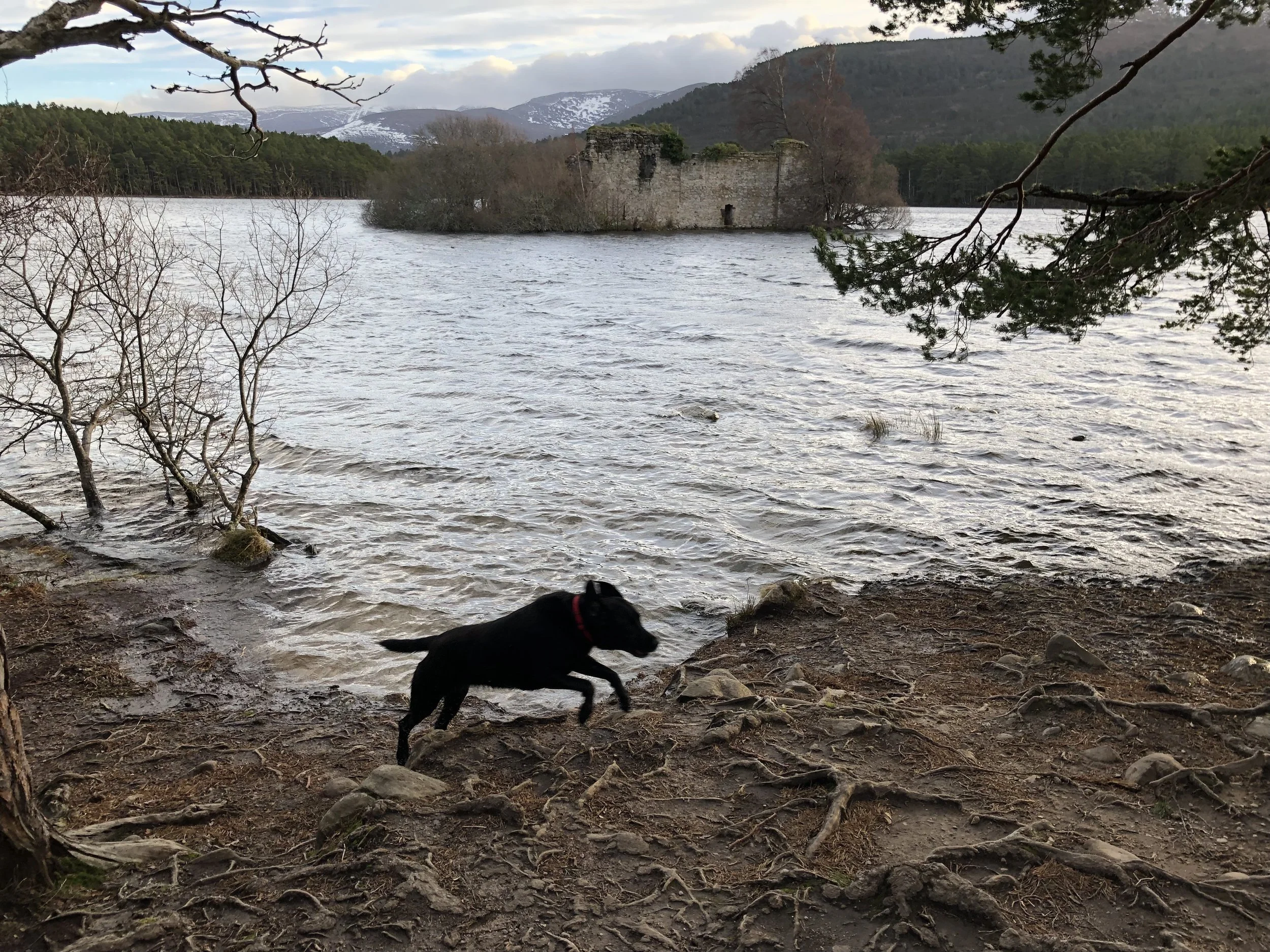Water of Life: Speyside Scotch Whisky
Speyside and The River Spey
It is impossible to talk about whisky without considering Speyside, home to the River Spey. Flowing across the Scottish Highlands to the North Sea, the River Spey holds the secret behind the popularity of numerous famous whiskies and the reason why, even amidst the recent whisky boom, Speyside, hosting more than 50 distilleries, remains the most densely populated whisky production region on earth. The stature of Speyside whiskies stands in marked contrast to the region’s small geographic footprint of “less than 100 miles wide and 50 miles tall,” as Michael Jackson (no, not that one) described in his definitive opus, A Complete Guide to Single Malt Scotch. Regardless of its diminutive size, the region maintains logical, historical, and alchemical reasons for the its popularity amongst distillers.
Taxes, Geography, and Water
The time honored product of Scotch whisky possesses a complicated history that dates back to 1494. One of the defining moments in its history happened in 1644 when the Scottish Parliament decided to tax whisky and distillation. This led to unforeseen consequences—illicit distilleries and smuggling—as people never particularly enjoy paying taxes.
What do 17th century tax laws have to do with Speyside’s current dominance? Now would be a good time to pull out a map. Geographically, Speyside kept a comfortable distance to Scotland’s seats of power in Edinburgh and Glasgow before the combustion engine and air travel existed. Topographically, the region’s many glens, or narrow valleys, provided hollows where tax agents would be hard pressed to find a distillery. Together, these two features helped Speyside’s whisky industry flourish, with as many as 14,000 illicit stills at one point. Many of these evolved into the most famous modern distilleries.
Over the years, the popularity of Speyside’s whisky continued to grow. Following a visit to the region in 1822, King George IV developed a passion for the whiskies of the Highlands and Speyside. As word spread about the high quality of the whiskies, the esteem from connoisseurs grew, giving the Speyside whiskies a legendary status that they maintain to this day.
While these political circumstances certainly played a role in Speyside’s ascent, the most important factor lies within the region’s name. The water from the River Spey has been crucial to the success of the many operations that it continues to feed and nurture. According to Erika Mascha in Bottled Waters of the World, this water source possesses “the lowest level of dissolved minerals in Scotland,” helping Speyside remain the capital of Scotch production even after the Excise Act of 1823 diminished the need for illicit distillation.
Flavors and Pairings
Speyside’s various distilleries share common flavors often described as floral, sweet, light, delicate, or fruity; however each distillery imbues its own house character into their products.
Some of the most famous distilleries, not only in Scotland but in the world, exemplify the lighter more floral end of the spectrum. Good examples of this style include The Glenlivet, certain Glenfiddich varieties, or Glen Moray. These expressions pair delightfully as they are flexible if you respect their delicacy. For starters, try fresh fruit such as strawberries, young sheep’s milk cheese like Italy’s Pecorino Toscano, or chocolate that carries red fruit notes such as many single origin bars from Madagascar.
Both heavier in body and with a touch more sweetness, some Speyside drams tend towards more fruity and spicy notes, such as whiskies from distilleries like Cardhu (one of my first favorites), Cragganmore, or BenRiach. These whiskies can withstand more forward flavor pairings. I enjoy playing off the whisky’s sweetness with Garrotxa, an aged goat’s milk cheese from Spain. This pairing can even be elevated by adding a dollop of good quality honey to the cheese. Many dark chocolate bars or even stone fruit confections prove winners as well.
Some of Speyside’s well loved and best selling distilleries emphasize a richer, more resonant flavor evolving from the traditional profile. Employing used sherry casks during the aging process helps reinforce this flavor. This additive maturation highlights the fruit notes which reveal themselves closer to dried fruits than fresh. Upon visiting the most well known houses to perfect this style, Aberlour and The Macallan, I was informed at a local pub that the best of the three was in fact Glenfarclas (the gentleman made a compelling argument backed with the best sort of evidence). All three demonstrate the rich, robust flavors of this method. These can be paired with fine chocolate of a higher cacao percentage such as Francois Pralus’ 75% Djakarta bar. Higher fat foods, such as lamb chops or alpine cheeses like Gruyere, are also successful combinations.
Although peat moss can be found throughout Scotland including the Highlands, it rarely manifests itself in Speyside whiskies. The smoky style that peat creates can be found in the region but it is frequently in limited release bottling runs, such as BenRiach Curiositas 10 year or Benromach Peated edition. My personal favorite pairing for peated whiskies is blue cheese. Scottish made Lanark Blue has both the creamy richness to coat the palate and the bold flavor to withstand the whisky’s smokiness. This combination defines the phrase “Good alone, better together.” Whisky lovers owes a debt of gratitude to Speyside distilleries. They drove advances in the industry, helped maintain the history and romanticism of whisky, and increased the popularity of “the water of life” across the world. These contributions played an undeniable role in our recent whisky golden age. As the heart of the whisky world, Speyside’s flavors are worthy of their notoriety and deserve as much exploration as one is able to devote to them.


